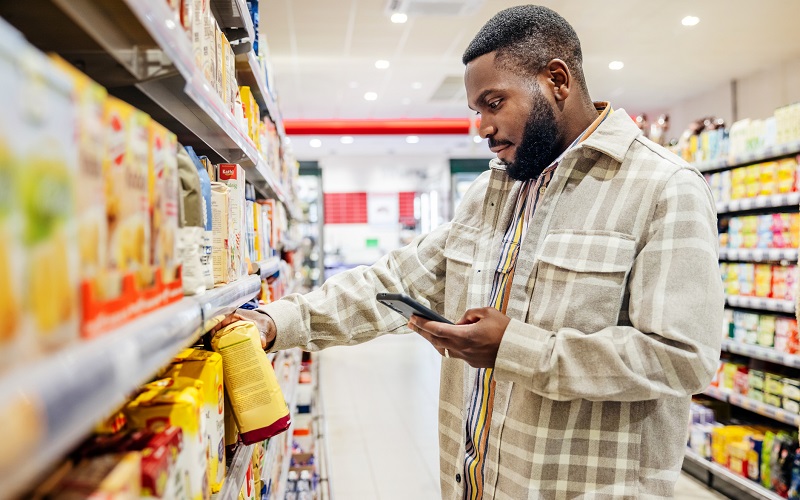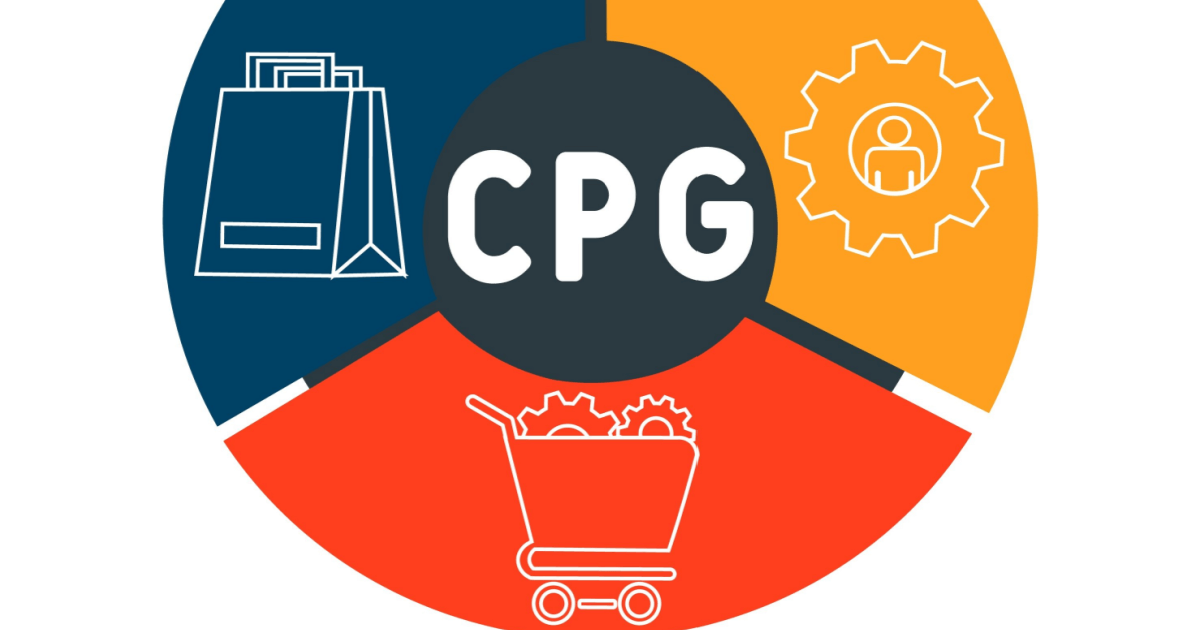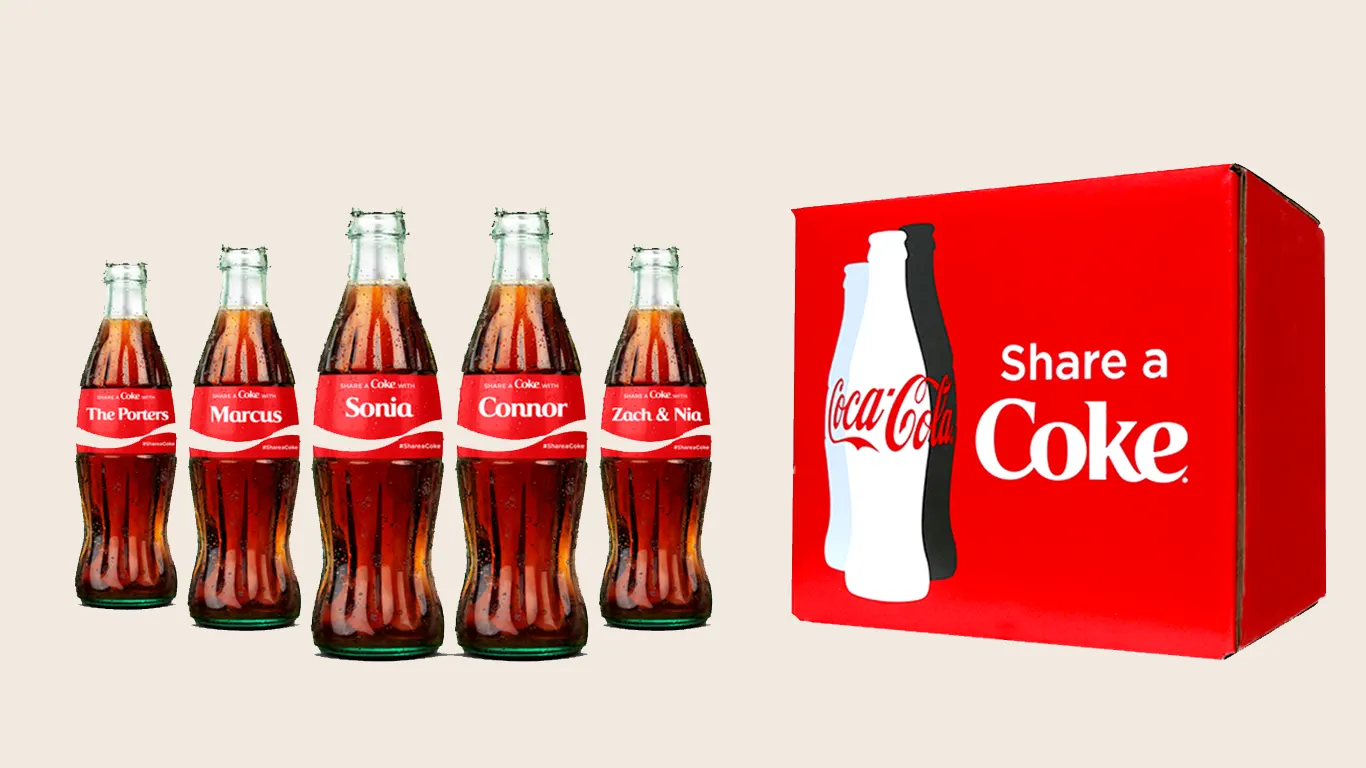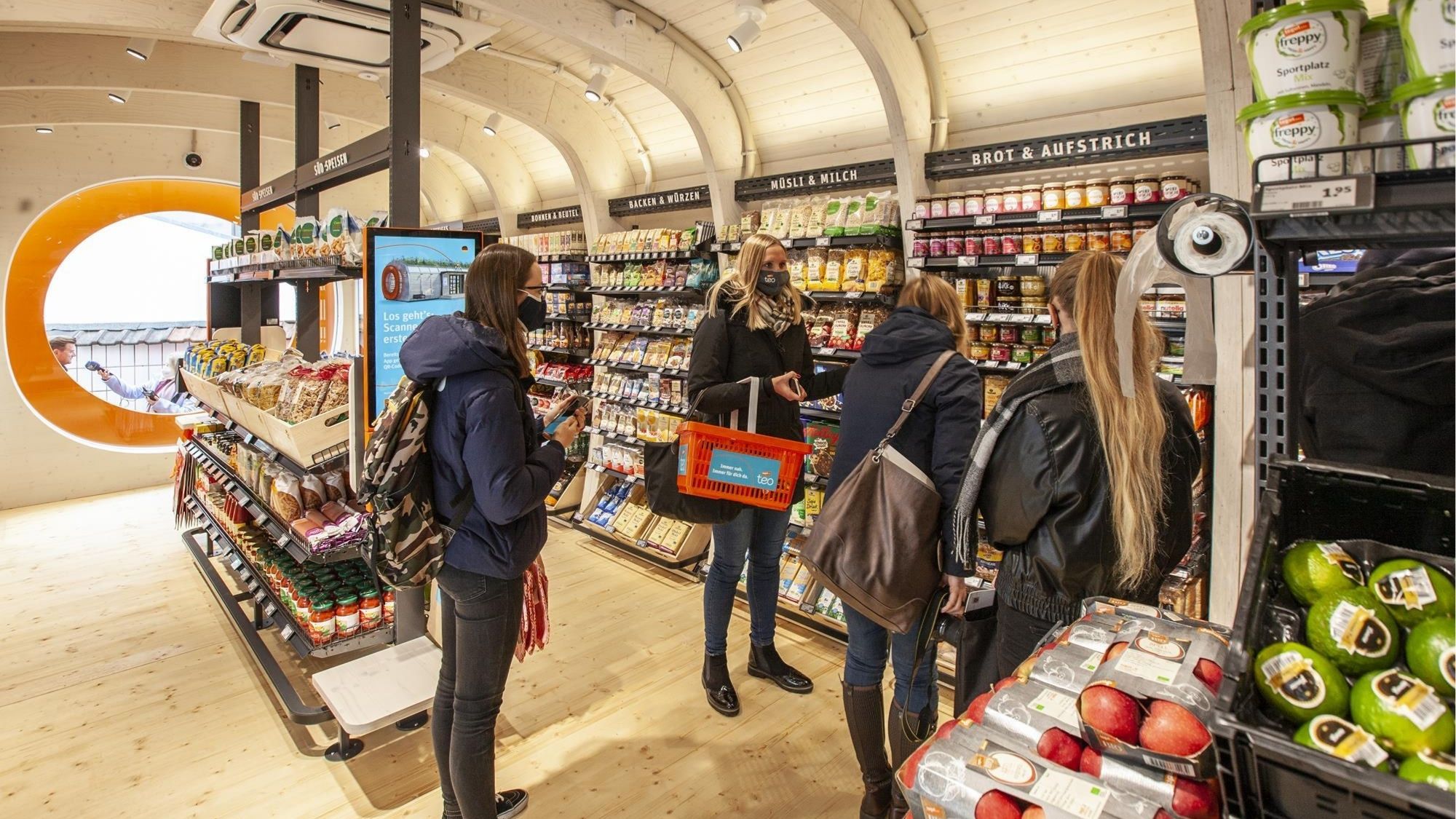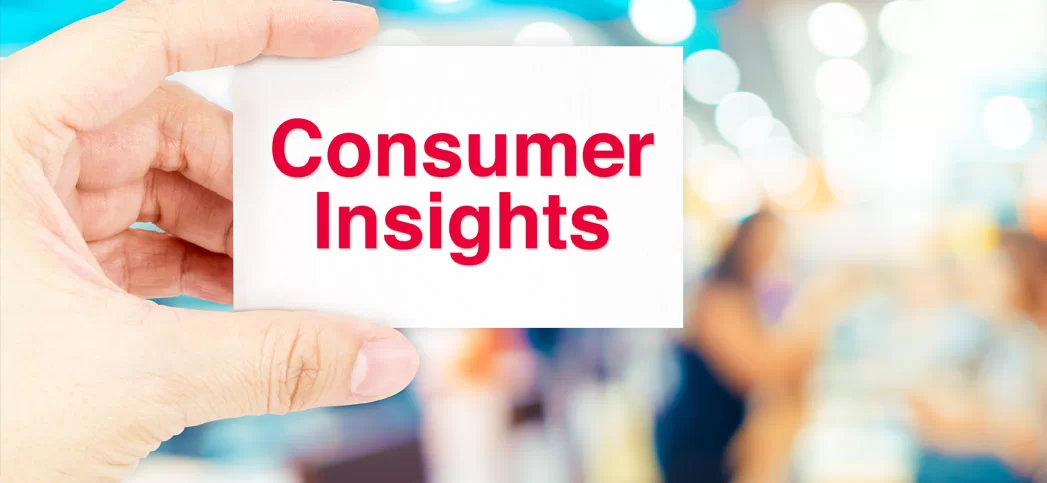For consumer packaged goods (CPG) brands looking to enter and scale in the U.S. market, navigating retail, distribution, and sales execution is one of the biggest challenges. Many brands struggle with securing retail placement, managing wholesaler relationships, and ensuring consistent sales performance in stores. This is where working with a CPG broker becomes essential.
A broker is not just a middleman; they are a strategic partner who helps brands position, distribute, and sell their products effectively. In this guide, we’ll break down how working with a CPG broker works, what to expect, and how to maximize this relationship for business growth.
What does a CPG broker do?
A CPG broker acts as a representative for your brand, working to secure product placement and manage relationships with retailers and wholesalers. Unlike distributors, who physically move products, brokers facilitate deals, negotiate contracts, and ensure that products get into the right stores and stay there.
The core responsibilities of a broker include:
- Retail buyer negotiations: brokers leverage their industry relationships to secure meetings with key decision-makers at major retailers and wholesalers.
- Product codification: they help brands get approved and listed with wholesalers, enabling distribution to multiple retail chains.
- Sales execution: brokers ensure products are properly stocked, priced, and promoted within stores.
- Market strategy: they provide insights into consumer trends, pricing strategies, and competitive positioning.
- Trade marketing and promotions: brokers assist in coordinating in-store promotions, merchandising, and demos to boost sales performance.
In short, a broker is your brand’s advocate within the retail and wholesale ecosystem.
Why do CPG brands need a broker?
1. Access to wholesalers and retail chains
One of the biggest hurdles for emerging brands is getting in front of the right buyers. Most large retailers don’t deal directly with brands; they purchase products through wholesalers who act as centralized buying entities.
Without a broker, securing these meetings and getting a product listed is extremely difficult. Brokers have established relationships with wholesalers and can fast-track the process of product placement.

2. Expertise in pricing and retail negotiations
Many brands fail in retail because they don’t fully understand the financial structures of the industry. Brokers:
- Help brands calculate realistic pricing models that work across wholesalers, distributors, and retailers.
- Negotiate slotting fees, promotional costs, and margin expectations with buyers.
- Ensure brands don’t overcommit on promotions that could hurt profitability.
3. In-store sales execution and merchandising
Getting on shelves is only half the battle. If a product doesn’t perform, retailers quickly remove it to make room for higher-selling items. This is why brokers often coordinate sales and merchandising teams to:
- Monitor stock levels and prevent out-of-stock issues.
- Ensure correct pricing and display compliance.
- Run in-store activations to boost product visibility and sales.
Without ongoing support, many brands lose their shelf space within months due to lack of execution.
4. Market insights and competitive positioning
Brokers have deep knowledge of the industry and can provide:
- Category insights: understanding where a brand fits within its competitive landscape.
- Consumer trends: identifying what’s driving purchasing decisions and how to capitalize on it.
- Retailer expectations: aligning brand strategies with what retailers look for in new products.
This level of insight reduces costly mistakes and helps brands make informed decisions.
How does the process of working with a broker work?
Step 1: Initial evaluation and market fit
Before taking on a brand, most brokers evaluate product-market fit to determine:
- Is the product retail-ready? (packaging, compliance, and certifications)
- Does it have strong differentiation? (what makes it stand out?)
- Is pricing structured for wholesale distribution?
If the product meets these criteria, the broker creates a tailored go-to-market strategy for the brand.
Step 2: Retail and wholesaler outreach
Once the broker defines the strategy, they pitch the brand to wholesalers and key retailers. This involves:
- Securing meetings with category buyers at major chains.
- Negotiating listing agreements with wholesalers to ensure broad distribution.
- Aligning on pricing, promotions, and trade marketing budgets.
Step 3: Execution and retail launch
After securing placement, the broker ensures that products are set up for success by:
- Managing sales reps and merchandisers to drive in-store performance.
- Running promotions and marketing initiatives to generate demand.
- Tracking sell-through rates and inventory levels to prevent stockouts.

Step 4: Long-term growth and expansion
A broker’s job doesn’t end after launch. They help brands expand their retail footprint, optimize pricing strategies, and pivot based on performance data. Successful brands use brokers not just for market entry but for sustained growth.
How to choose the right broker for your brand
Not all brokers are the same. When selecting a broker, brands should consider:
1. Experience and industry specialization
Look for brokers with a track record in your specific category (e.g., organic foods, frozen goods, beverages). Experience within the right retail channels dramatically improves success rates.
2. Retail and wholesaler relationships
A broker’s network is their biggest asset. Ask about:
- Which retailers and wholesalers they have strong relationships with.
- Their success rate in getting brands into those retailers.
- How frequently they engage with buyers.
3. Support beyond placement
Placement alone is not enough—a good broker should offer:
- Merchandising support to ensure ongoing success.
- Insights and analytics to refine strategies.
- Promotional coordination to drive consumer awareness.

4. Contract structure and transparency
Brokers typically work on retainer fees and/or commission-based structures. Before signing, clarify:
- What services are included in their retainer.
- How commissions are calculated on wholesale deals.
- Expected timelines for securing placements.
A transparent and structured agreement ensures alignment between both parties.
Conclusion: Is working with a CPG broker worth it?
For emerging brands, working with a CPG broker is one of the most effective ways to navigate the U.S. market. While some brands attempt to go direct, the complexity of retail, wholesaler relationships, and competitive pressures make it nearly impossible to scale without experienced guidance.
A broker opens doors, accelerates distribution, and provides ongoing support—but success depends on choosing the right partner and being strategic about execution.
At Group MCC, we specialize in helping CPG brands secure retail placements, optimize in-store performance, and scale effectively. If you’re looking to break into the U.S. market and need expert guidance, contact us today to explore how we can support your brand’s growth.


